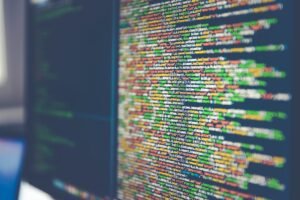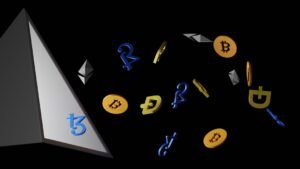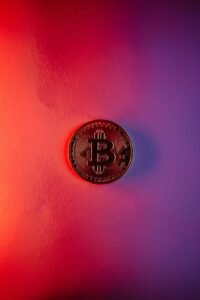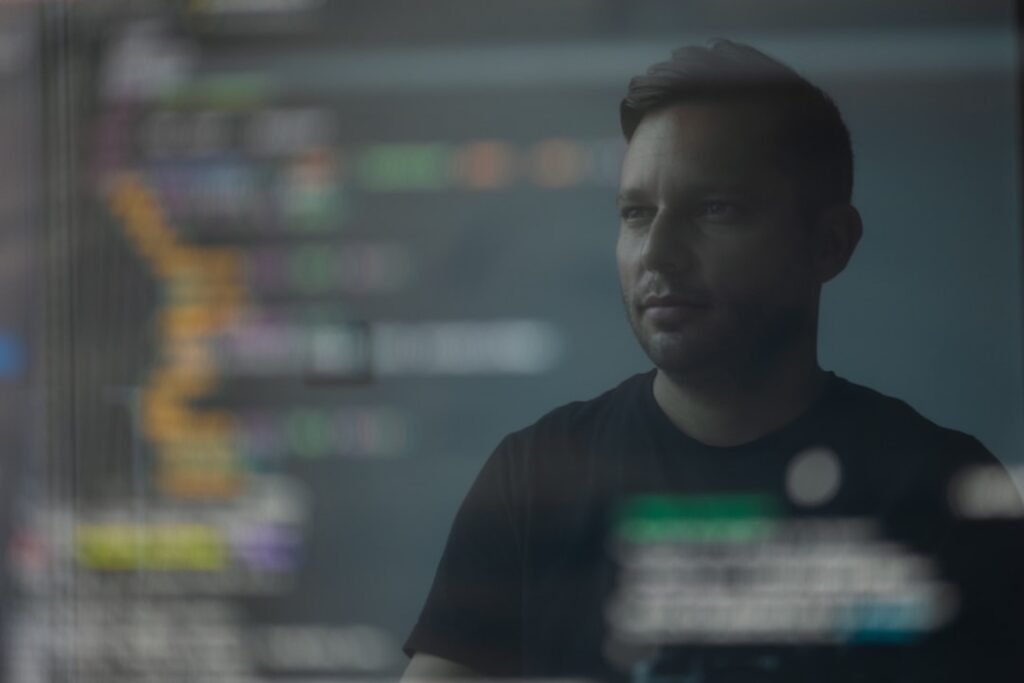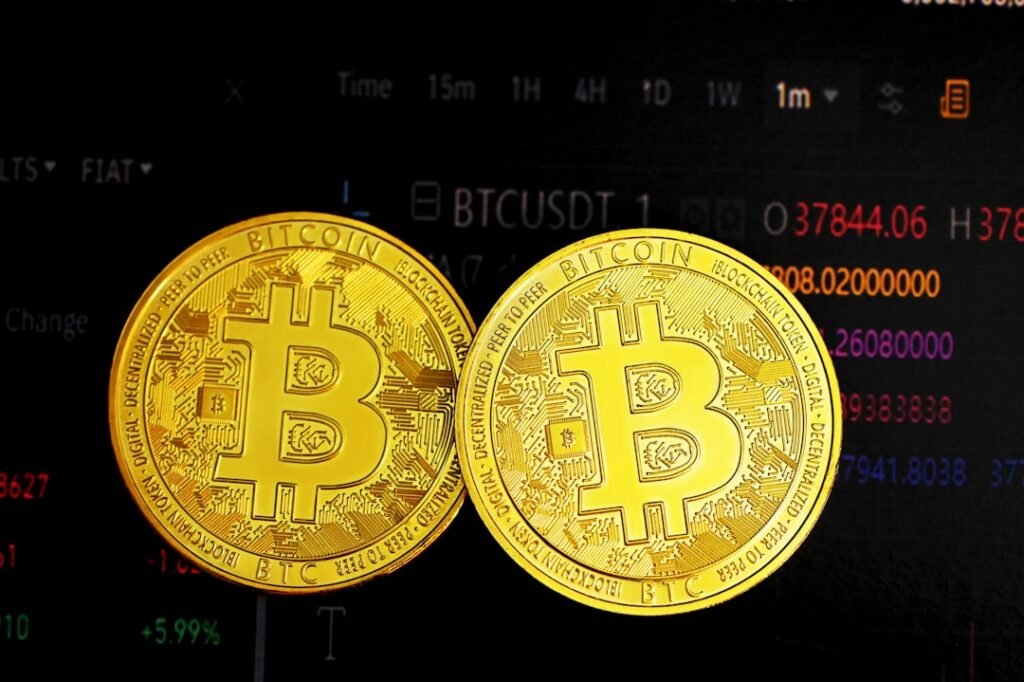The Digital Gold Rush: How CryptoPunks and Bored Apes Built the NFT Empire
The blockchain revolution birthed more than cryptocurrencies—it created entirely new asset classes. Among the most explosive innovations are Non-Fungible Tokens (NFTs), unique digital assets verifying ownership of everything from art to virtual real estate. While the concept emerged with Bitcoin-based colored coins in 2012-2013, it wasn't until the Ethereum era that NFTs exploded into mainstream consciousness. This is the story of that revolution, told through its most iconic pioneers: CryptoPunks and the Bored Ape Yacht Club.
The Genesis: Ethereum Unlocks Digital Scarcity
Before 2017, digital ownership was a nebulous concept. Files could be copied infinitely. Ethereum changed everything. Its programmable blockchain provided the perfect infrastructure to create, store, and trade unique digital tokens – NFTs. While "Quantum," minted on Namecoin in 2014 by Kevin McCoy, holds the title of the first NFT, Ethereum's reliability and accessibility ignited the fire.
The breakthrough came with the development of token standards. ERC-721, specifically designed for non-fungible assets, became the bedrock of the NFT ecosystem. It allowed developers to create verifiably unique tokens with distinct properties, paving the way for digital collectibles unlike anything seen before.
CryptoPunks: The Pixelated Pioneers (2017)
Before ERC-721 was even finalized, a project emerged that would become synonymous with the NFT movement: CryptoPunks. Created by Larva Labs, this collection consisted of 10,000 algorithmically generated, 24×24 pixel art characters. Each Punk possessed a unique combination of traits – hairstyles, accessories, skin tones, and facial expressions. Crucially, they were free to claim (minus Ethereum gas fees) upon launch in June 2017.
Initially perceived as a quirky experiment, CryptoPunks laid the foundational principles of the NFT boom:
- Digital Scarcity: Only 10,000 would ever exist.
- Provable Ownership: Blockchain verification ensured indisputable ownership.
- Programmable Rarity: Traits had varying rarity levels, directly influencing value.
- Community & Status: Owning a Punk became a badge of honor in the crypto world.
Originally minted as ERC-20 tokens (the standard for fungible tokens like stablecoins), many CryptoPunks today need to be "wrapped" into the ERC-721 standard for trading on modern NFT marketplaces. This technical nuance highlights their status as true digital artifacts from the earliest days.
CryptoKitties: Breeding the Mainstream Buzz (Late 2017)
Later in 2017, another Ethereum-based project captured the world's attention and nearly crashed the network: CryptoKitties. This blockchain game allowed users to purchase, collect, breed, and sell virtual cats. Each cat was an NFT, making it unique and potentially valuable based on its traits and lineage.
CryptoKitties achieved something crucial:
- Mainstream Adoption: It introduced the concept of unique, ownable digital assets to a vastly broader audience beyond hardcore crypto enthusiasts.
- Utility & Gamification: It demonstrated NFTs weren't just static images; they could have interactive utility (breeding mechanics) and be part of a game.
- Value Through Rarity & Novelty: The market decided the worth of individual Kitties, often driven by rare traits or desirable "bloodlines."
While the hype eventually subsided, CryptoKitties proved NFTs had immense potential for recreation and community building, setting the stage for the art world's entry.
The Art World Embraces the Digital Canvas
Inspired by pioneers like CryptoPunks and the mechanics of CryptoKitties, digital artists saw NFTs as a revolutionary way to monetize their work and establish provenance in the digital realm. Platforms emerged specifically for digital art NFTs.
The crescendo came in March 2021. Digital artist Beeple (Mike Winkelmann) sold a collage titled "Everydays: The First 5000 Days" as an NFT at Christie's auction house for a staggering $69 million. This watershed moment:
- Legitimized NFTs: A traditional, prestigious auction house validated the medium.
- Highlighted Value: Showed digital art could command prices rivaling physical masterpieces.
- Ignited a Frenzy: Sent the entire NFT market into overdrive.
The cultural impact was undeniable. "NFT" was named Word of the Year by dictionary publisher Collins in 2021.
Bored Ape Yacht Club: Status, Community, and the Evolution (2021)
Amidst the 2021 frenzy, a new project launched that would eclipse even CryptoPunks in mainstream fame: the Bored Ape Yacht Club (BAYC). Created by Yuga Labs (founded under pseudonyms later revealed as Wylie Aronow and Greg Solano, with artist Seneca designing the apes), BAYC consisted of 10,000 unique, hand-drawn cartoon apes, each with distinct combinations of fur, expressions, clothing, and accessories.
BAYC wasn't just about the art; it was about building an exclusive club:
- Ownership = Membership: Buying a Bored Ape NFT granted access to the "Yacht Club," an exclusive online community.
- Real-World Utility: Members received benefits like access to virtual events, physical meetups (in places like California, New York, UK, Hong Kong), and future airdrops.
- Expanding the Ecosystem: BAYC leveraged its success to launch companion collections:
- Bored Ape Kennel Club (BAKC): Free dog NFTs for Ape holders.
- Mutant Ape Yacht Club (MAYC): Created using "Mutant Serum" airdropped to Ape holders, offering another tier of membership and value.
- Celebrity Endorsement: High-profile figures like Jimmy Fallon, Paris Hilton, Snoop Dogg, and Stephen Curry purchased Bored Apes, flaunting them as profile pictures and skyrocketing their status symbol appeal.
The strategy worked phenomenally. Initially sold for around 0.08 ETH (approx. $190 at the time), the floor price (entry price) for a Bored Ape skyrocketed, reaching peaks equivalent to hundreds of thousands of dollars. Owning a Bored Ape became less about the art and more about belonging to an elite, culturally relevant community with tangible perks.
Beyond Punks and Apes: A Diverse Ecosystem Emerges
While CryptoPunks and BAYC are titans, the NFT landscape is vast and varied. Other notable collections that gained significant traction include:
- Azuki: Anime-inspired profile pictures known for strong artistry and community.
- Pudgy Penguins: A charming, community-focused collection that expanded into physical toys sold in major retailers like Walmart.
- Cool Cats: Another popular profile picture project emphasizing community and partnerships (e.g., with Animoca Brands).
- Doodles: A vibrant, accessible collection aiming for broad brand recognition, often compared to ambitions like Disney.
- Moonbirds: A project by entrepreneur Kevin Rose featuring pixelated owls, incorporating utility like "nesting" for rewards.
Furthermore, NFTs demonstrated utility far beyond digital art and profile pictures:
- Ethereum Name Service (ENS): Uses NFTs to represent ownership of .ETH domain names, simplifying crypto transactions.
- NBA Top Shot: Revolutionized sports collectibles by offering officially licensed, blockchain-verified NBA highlight "moments."
- Virtual Real Estate: Projects like Decentraland and The Sandbox use NFTs to represent ownership of parcels of land within virtual worlds (the metaverse).
The Rarity Factor: Driving Value in Digital Collectibles
A core principle underpinning the value of NFT collections like CryptoPunks and BAYC is rarity. Not all NFTs within a collection are created equal. Traits have varying degrees of scarcity:
- Common Traits: Found on a large percentage of items in the collection.
- Uncommon/Rare Traits: Found on a smaller subset.
- Ultra-Rare/Mythic Traits: Found on only a handful or even just one item.
For example, in the Bored Ape Yacht Club, the 'Solid Gold Fur' trait appears on only 46 out of 10,000 Apes, making Apes possessing this trait significantly more valuable. Marketplaces like OpenSea clearly display trait rarity percentages for each NFT. Understanding collection size and the distribution of rare traits is fundamental to evaluating an NFT's potential value within its specific ecosystem.
The Legacy: More Than Just Expensive JPEGs
The journey from CryptoPunks to Bored Ape Yacht Club represents more than just skyrocketing prices and celebrity endorsements. It marks a fundamental shift in how we perceive and interact with digital assets:
- True Digital Ownership: NFTs provide a verifiable, blockchain-backed certificate of authenticity and ownership for digital items, solving the long-standing problem of provenance in the digital world.
- Creator Empowerment: Artists and creators gain new avenues to monetize their work directly, often with built-in royalty structures for secondary sales.
- Community Building: NFTs have become powerful tools for fostering dedicated, global communities with shared interests and experiences, offering membership perks beyond the digital asset itself (BAYC being the prime example).
- New Economic Models: NFTs enable novel economic interactions, from play-to-earn gaming (where in-game assets are NFTs) to fractional ownership of high-value assets.
- Cultural Artifacts: Collections like Punks and Apes are digital cultural artifacts, representing a specific moment in the evolution of the internet and blockchain technology.
The Future Uncharted
The NFT market has experienced significant volatility, with boom periods followed by corrections. However, the underlying technology and concepts continue to evolve and find new applications. While profile picture projects (PFPs) like Punks and Apes dominated the first wave, the future points towards:
- Enhanced Utility: NFTs serving as access keys, tickets, identity verification, or representing real-world assets (like real estate or commodities).
- Improved User Experience: Making NFT interaction and management simpler and more secure for mainstream users.
- Cross-Chain Interoperability: NFTs moving seamlessly between different blockchains.
- Integration with the Metaverse: NFTs as the backbone for owning items, land, and identities within interconnected virtual worlds.
- Sustainable Models: Addressing environmental concerns associated with some blockchain networks.
The story that began with pixelated punks and evolved into an exclusive yacht club for bored apes is far from over. CryptoPunks and Bored Ape Yacht Club are not just expensive digital images; they are the foundational pillars of a new digital economy, proving that scarcity, community, and verifiable ownership can thrive in the boundless realm of the internet. They ignited a revolution whose next chapters are still being written on the blockchain.


